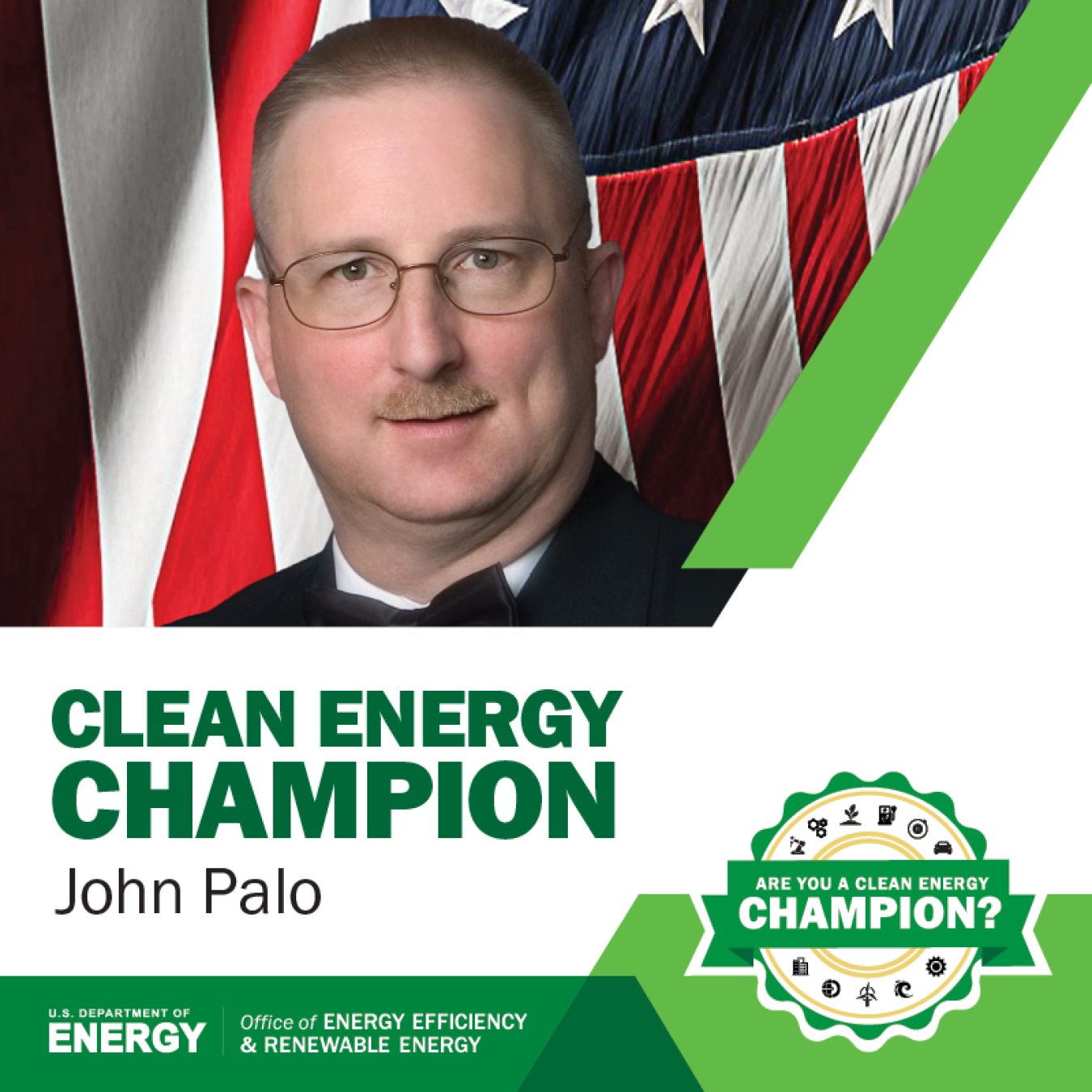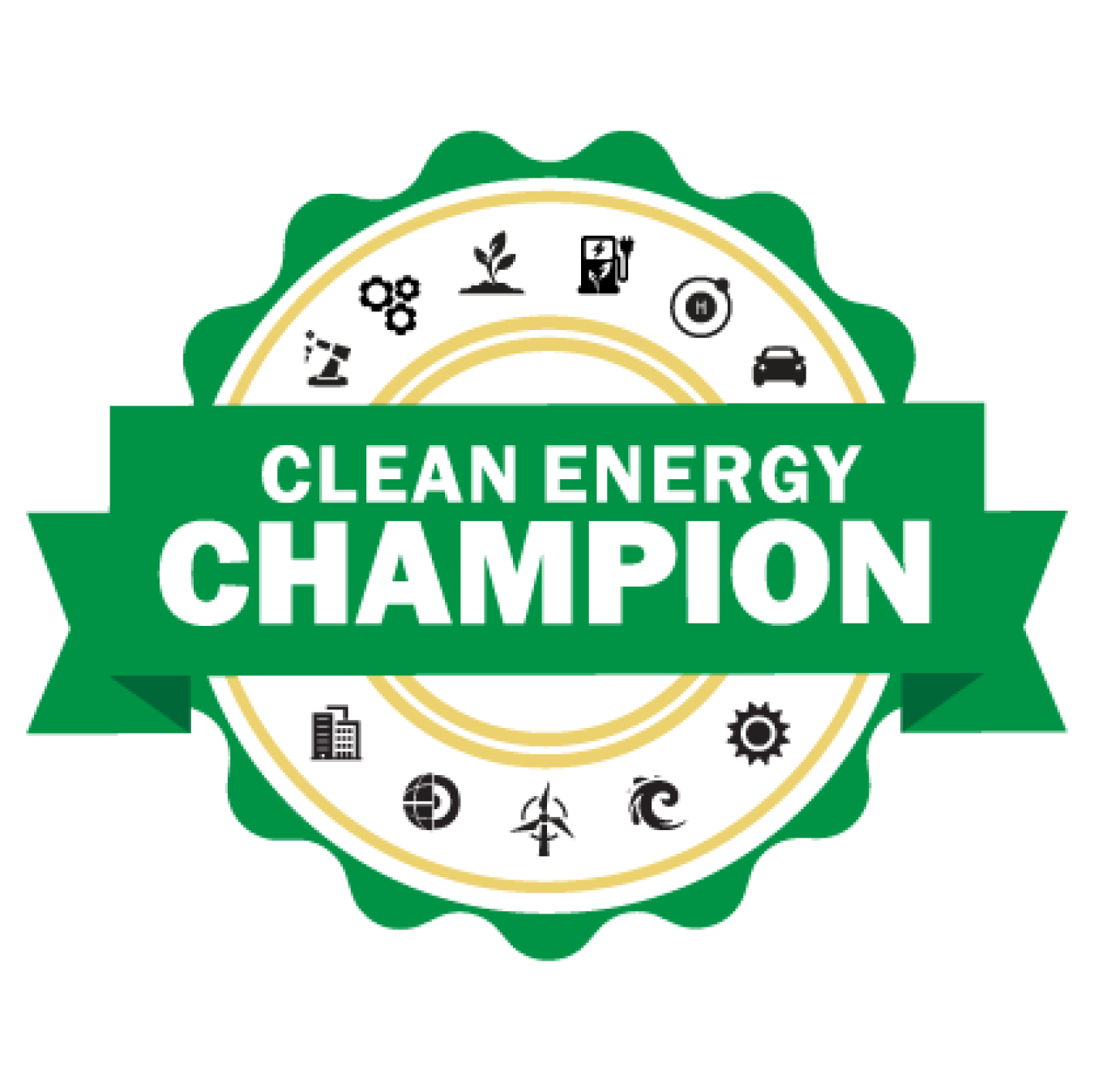The university buildings manager has seen firsthand that, with geothermal energy providing heating and cooling, “You don’t have to sacrifice comfort or quality of life to reduce your energy usage.”
Office of Energy Efficiency & Renewable Energy
September 14, 2023When John Palo is at work, the future of clean energy is now. He sees it in the buildings he oversees at the University of Utah, where low-temperature geothermal energy moves from one place to another through heat pumps fed by geothermal wells, which lie underneath the school's soccer field and provide heating and cooling for almost no cost after installation.

"It's energy efficient, it's good for the climate, and it saves money. What's not to like?" Palo says.
Accessing low-temperature geothermal energy requires digging several hundred feet into the ground, a depth at which heat pumps use the earth as both a source of heat and a place to store it. In contrast, high-temperature geothermal requires digging thousands of feet into the ground to access heat used to generate utility-scale electricity. (The University of Utah is leading a research team that is working to extend this energy production nationwide at the nearby Frontier Observatory for Research in Geothermal Energy.)
Palo calls low-temperature geothermal energy a game-changer—and he has done the math to quantify the benefits. He conducted a test to see how much energy the building used to move water through the pipes in the geothermal field, to absorb or deposit heat, relative to how much energy it got back for heating and cooling. The results surprised him.

Clean En∙er∙gy Cham∙pi∙on
/klēn/ /ˈenərjē/ /ˈCHampēən/
noun
1. A person or group that takes action to support or join the transition to a renewable energy economy, with the knowledge that reducing carbon emissions provides daily benefits to every American so they can live happy and healthy lives.
"I just started laughing," he says. "At one point, I was getting 1,390 kilowatt-hours (kwh) of geothermal energy out of the ground while spending 16 kilowatts to run the pump. I'm purchasing the equivalent of 31,000 kwh a year of natural gas energy to heat my home and run hot water. The amount of energy I'm using from natural gas is equivalent to running three hair dryers for 17.5 hours every day, all year long. [Based on what I'm seeing from the University of Utah heat pumps], I could replace that by running one hair dryer for 30 minutes a day if I had low-temp geothermal in my backyard."
Palo began thinking about energy at a young age. His father worked for an electric company, and his grandfather was an electrical engineer. When he was supposed to be asleep, Palo was in bed listening to basketball games with a radio he built himself. To pay for college, he joined the Navy as a nuclear-trained electrician and ran a reactor plant on a submarine. Today, as one of the university's district managers of facilities, Palo focuses on geothermal energy.
You can source more energy at the end user's location at a lower cost while reducing your carbon footprint. You don't have to sacrifice comfort or quality of life to reduce your energy usage."
"The neat thing about geothermal is it's consistent and doesn't care what the weather is like or if it's day or night," he says. "The ground temperature 300 feet down is almost always the same. It'll meet our energy needs, reduce carbon emissions, and it will also reduce our draw on the electric grid, freeing up existing capacity for other uses such as powering electric cars."
Scaling it is key, he says. "You can source more energy at the end user's location at a lower cost while reducing your carbon footprint. You don't have to sacrifice comfort or quality of life to reduce your energy usage."
Palo noted that he could heat his entire neighborhood with just two wells similar to the ones at the university. If a subdivision could install a low-temperature geothermal system, he says, it would add a couple of thousand dollars to the cost of each house, but they could have heat for approximately 98% lower costs for the next 50 years while reducing their home's fossil fuel use to zero.
"What are we waiting for?" he asks.
To fully transition to clean energy, we need champions at every level. Whether you want to work in clean energy, invest in clean energy or energy-efficient upgrades for your home, apply for EERE opportunities, or simply learn more about the benefit of clean energy, YOU can be a Clean Energy Champion. The revolution is now. Join us.

